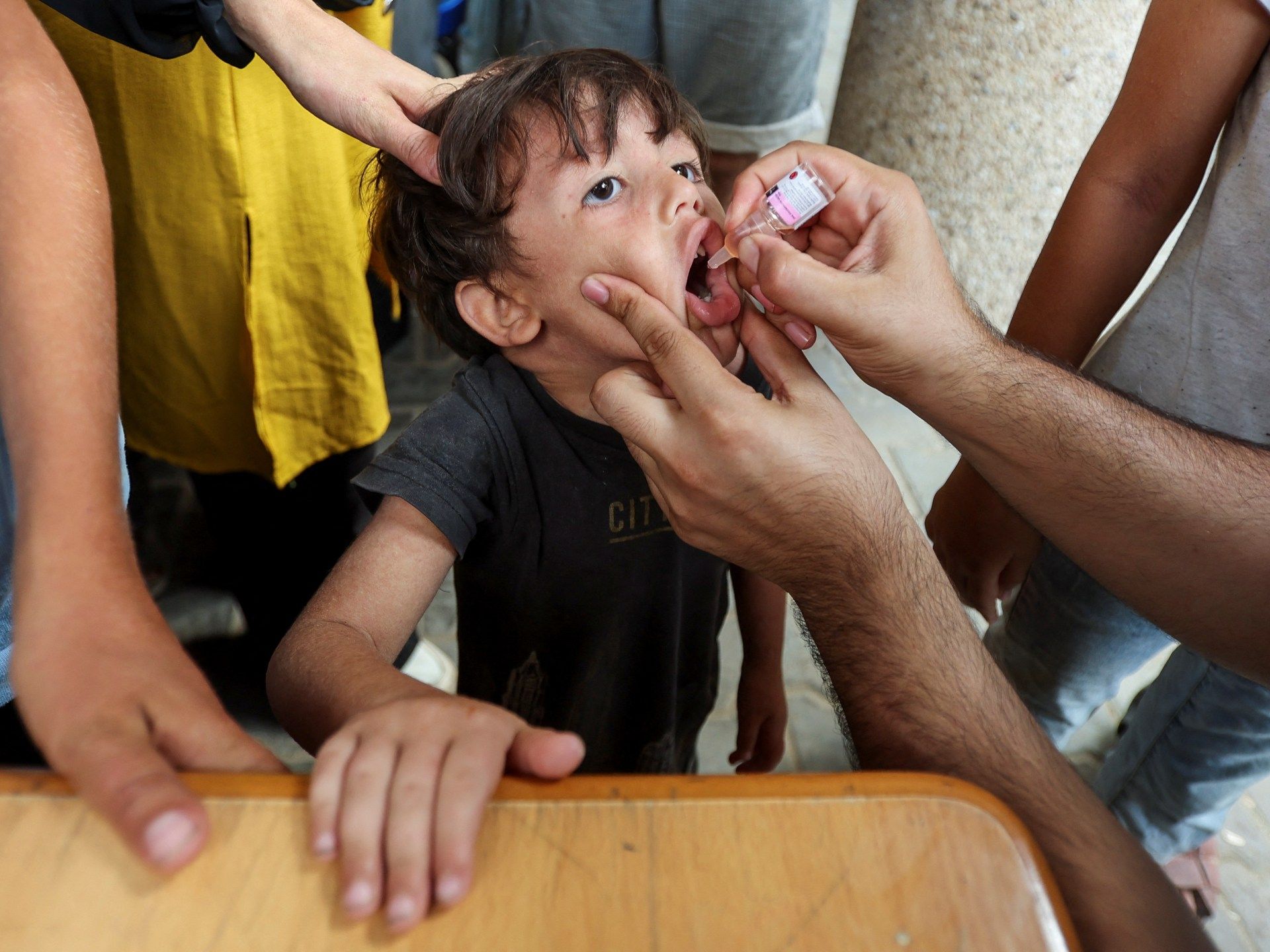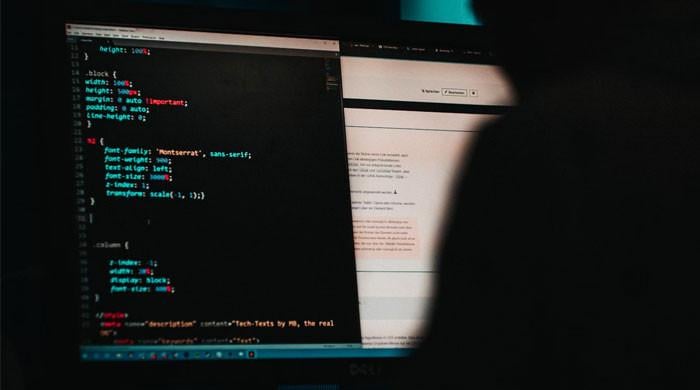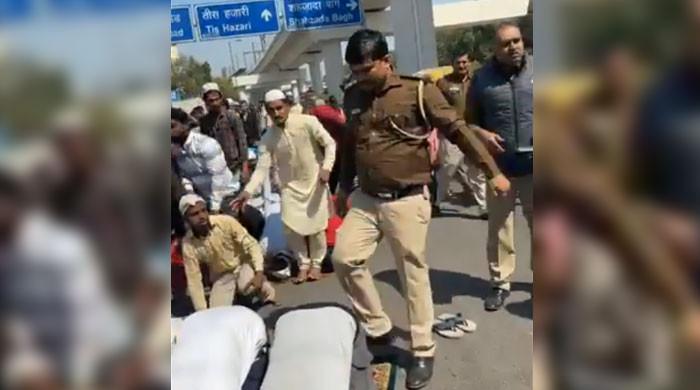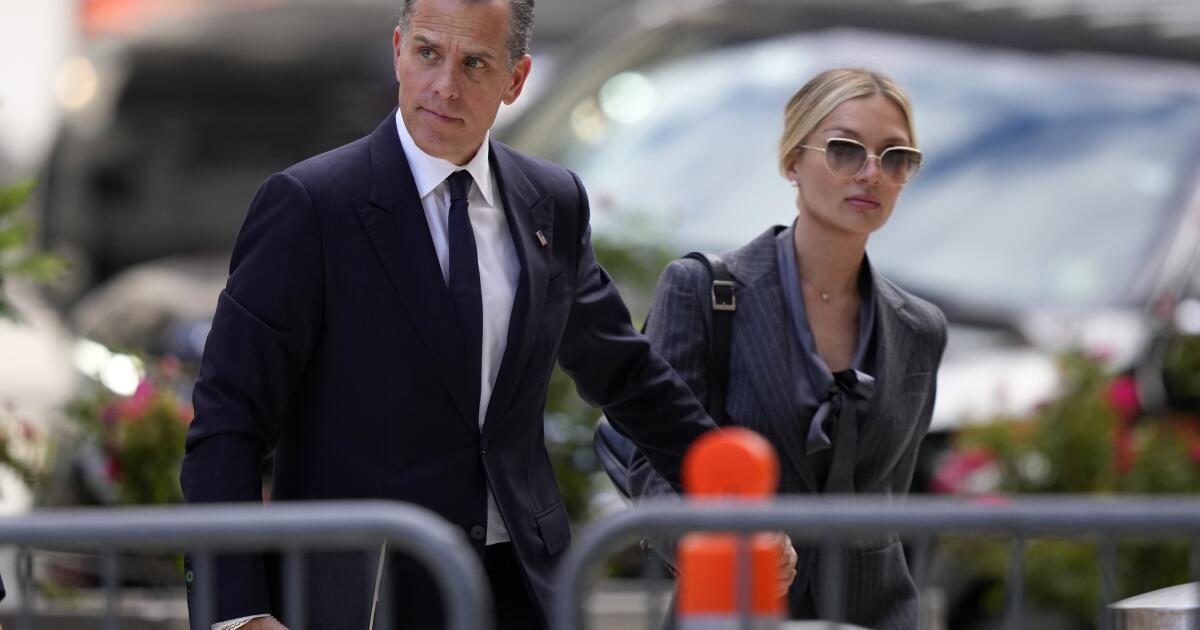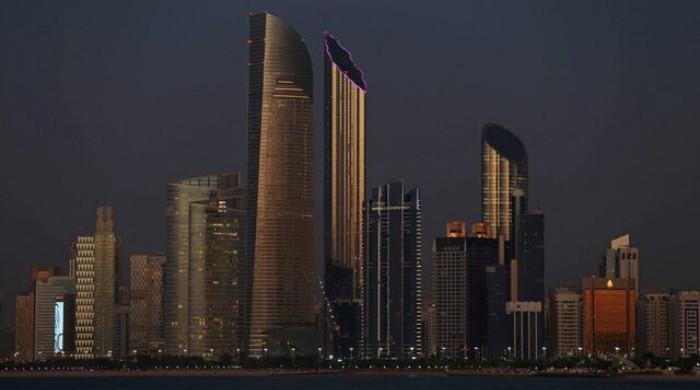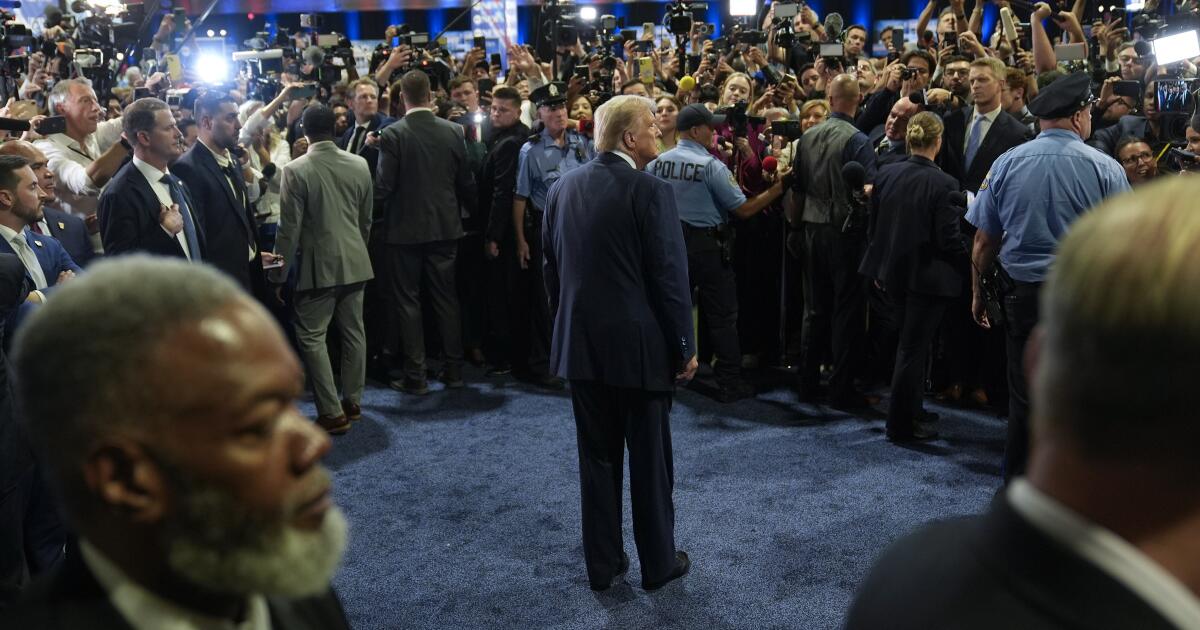The United Nations, in collaboration with Palestinian health authorities, has officially launched a campaign to vaccinate children in the Gaza Strip against poliovirus, which can cause paralysis of the limbs or even death in children.
This comes after the virus, previously defeated in the enclave following a mass vaccination campaign, was discovered last month after 25 years. The detection of the polio case highlights the collapse of Gaza's health infrastructure due to almost 11 months of uninterrupted Israeli bombardment.
Here's what we know about the status of the deployment amid the devastating war in Gaza that has killed more than 40,700 Palestinians, including nearly 17,500 children.
What is polio and what is the situation in Gaza?
Polio is a serious infection that can spread quickly, especially in unhygienic conditions, as it can be transmitted through contact with excrement. It can also be transmitted through coughing and sneezing, although this is less common.
Most people have no symptoms after contracting the virus, and some have mild flu-like symptoms such as high fever, fatigue and headaches, which usually last up to 10 days. But the virus can also affect the brain and nerves, causing paralysis and, in some cases, even death.
The Israeli army has destroyed water supply and sewage networks across the Palestinian territory, and waste is piling up near small areas where hundreds of thousands of civilians are forcibly displaced.
According to the Government Media Office in Gaza, the Israeli military has also stopped the transfer of waste out of civilian areas by imposing control over waste dumps and attacking municipal workers, machinery and mechanisms set up to manage waste.
Abdel-Rahman Abu el-Jedian, a 10-month-old Palestinian, was partially paralyzed last month after contracting polio, a disease he was unable to contract because his family was repeatedly displaced as a result of Israeli military operations.
According to the World Health Organization (WHO), the disruption of routine immunization campaigns in the Occupied Palestinian Territory, including Gaza, has contributed to its resurgence.
How will the vaccination campaign work?
Some 2,700 health workers are involved in the campaign, which is supported by WHO, UNICEF and the UN agency for Palestinian refugees, UNRWA, in collaboration with the Gaza Ministry of Health.
It formally began in the central part of the enclave on Sunday, where it will last until September 4, before moving to Khan Younis and Rafah in the south (September 5-8) and the northern Gaza governorates (September 9-12).
Children in #Loop They have started receiving polio vaccinations this morning. This is today in Nuseirat.
The vaccination campaign has started in central Gaza, where more than 200 of our teams are administering vaccines in 28 @UNRWA Sanitary facilities and tents in tents#UNRWAWorks image.twitter.com/xkZtVxDOCJ
— UNRWA (@UNRWA) September 1, 2024
A handful of children received their first doses at Nasser Hospital in Khan Younis on Saturday, before the large-scale distribution began.
Some 640,000 children between the ages of one day and ten years will receive the poliovirus type 2 vaccine, which will be administered in two oral drops.

Will there be a truce during the vaccination campaign?
Fighting has been suspended in some designated areas of the Strip to allow health centres to administer the doses.
But any reports of a general ceasefire in the enclave are false, according to Israeli Prime Minister Benjamin Netanyahu's office.
“Israel will only allow a humanitarian corridor through which vaccinators will pass and demarcated areas will be established that will be safe to administer the vaccine for a few hours,” he said in a statement on Sunday.
“Israel considers it important to prevent the outbreak of polio in the Gaza Strip, including to prevent the spread of epidemics in the region.”
According to the UN, the initial duration of the agreed “humanitarian pause” to allow vaccination is 6 to 15 hours (09:00-18:00 GMT) every day.
Senior UN officials have previously stressed that the only effective way to vaccinate all children against the virus and a range of other virulent diseases spreading across Gaza is to achieve an immediate and lasting ceasefire.
Are vaccines safe?
According to the UN, news stories in Israel and the United States have appeared on the Internet citing Israeli scientists falsely claiming that the polio vaccine planned for use in Gaza is “experimental” and poses a danger to citizens of both Palestine and Israel.
“I want to make one thing clear: the safest and most effective way to protect children against poliovirus, regardless of the variant, is to vaccinate them,” UN spokesman Stéphane Dujarric told reporters in New York last week.
“This vaccine is safe, effective and offers the highest quality protection. It is a vaccine recommended worldwide by the World Health Organization for outbreaks of the poliovirus type 2 variant.”
Dujarric said more than 1.2 billion doses of the same vaccine have been used to protect children in some 40 countries since its launch in March 2021.
What are the obstacles? Will the campaign help prevent polio outbreak?
Chessa Latifi, deputy director of emergency preparedness and response at Project HOPE, said war, forced displacement and the collapse of the health system in Gaza could hamper the vaccination campaign.
“I think it's going to [be] “It is really unlikely that the vaccination campaign will reach 90 percent of children who need to be vaccinated,” Latifi told Al Jazeera from Los Angeles.
“There are no safety guarantees. People who need to take their children to the clinics, first of all, do they have access to them? Do they have fuel or means to get to them? Is it safe? Is it safe for staff to get to the clinics? I know we have these short humanitarian pauses, but are they enough? No,” she said.
Latifi, whose organization operates in Gaza, also said the vaccination campaign alone would not help prevent the spread of the virus.
“The vaccination campaign does not address the main problem, which is the lack of hygiene, sanitation and clean water,” he said. “Because if we had those components – clean water, proper bathing facilities and latrines – we would not have polio. But this infrastructure has been completely destroyed. People are living in these makeshift camps. It is a very dangerous situation indeed.”

